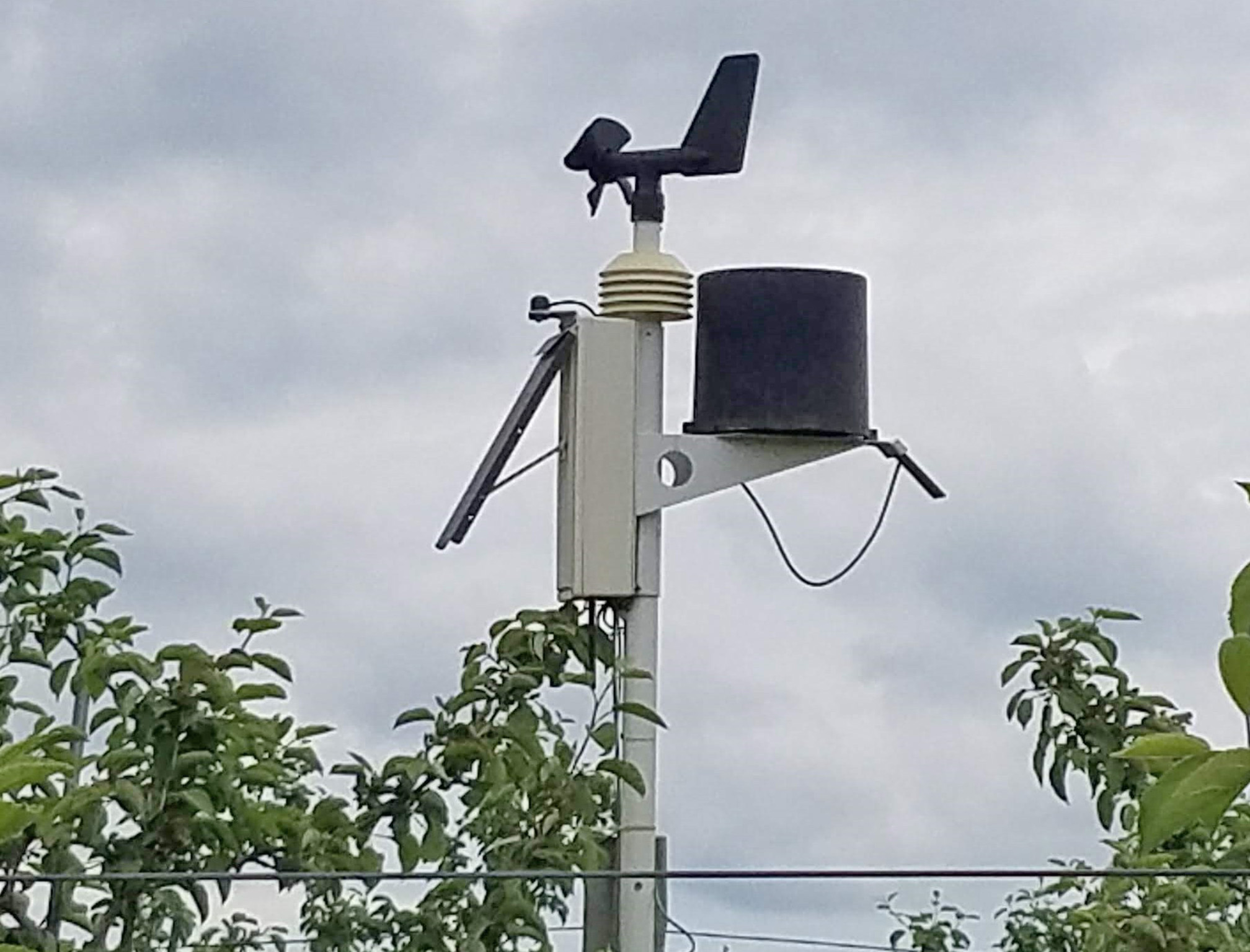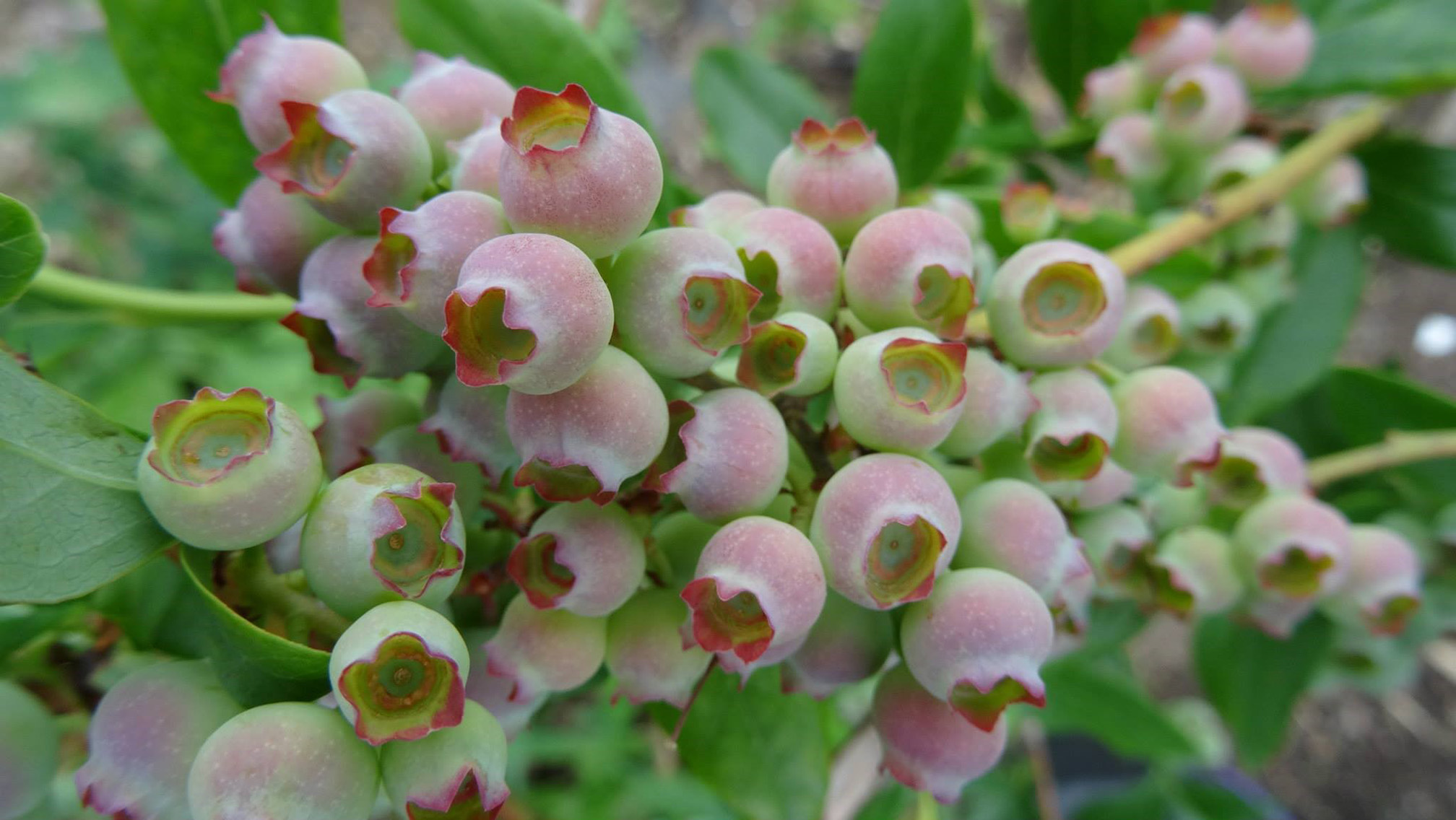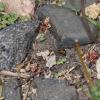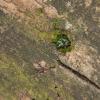Many of us strive to live healthier lives and support our local economies. Purchasing local food can be a satisfying intersection of supporting local producers and eating whole foods, and may also slow the spread of real estate development into the rural areas that we love so dearly. The Northeastern United States takes its diversified local agriculture seriously, with states on the forefront of the local food movement. With a short growing season, the Northeast hustles to grow crops in a sometimes less than 90-day window. During this very short growing window, there is an impressive variety of fresh fruits and vegetables to be harvested locally and enjoyed!
In parallel with this abundance come many different pest complexes on New Hampshire’s vegetable and fruit crops. This not only threatens the farmer’s bottom line, but leaves “locavores” (people seeking a local diet) with few options. Within the field, there may be crop losses, and in storage, there can be post-harvest losses during the long New Hampshire winter. Throngs of locavores can be seen at winter farmers markets and farm stands seeking storage vegetables, fruits, leafy greens, and even produce that was frozen during the summertime.

New Hampshire has a very short growing season, and yet there is an impressive variety of fresh fruits and vegetables to be harvested locally and enjoyed! Vegetables in this weekly delivery from a community-supported agriculture (CSA) program include scallions, carrots, beets, potatoes, garlic, Swiss chard, cucumbers, radishes, kohlrabi, summer squash, kale, kailan, dill, and basil. (Photo: Alina Harris and Nick Reppun, Sanborn Mills Farm.)
Fortunately, we have some highly skilled researchers and growers in the region who have been dialing-in pest management practices with increased accuracy to address pest issues while reducing harm to non-target organisms. In New Hampshire it became apparent that we needed a forum where we could share, workshop, discuss, and test the practicality of these ideas to work towards solving the challenges experienced by local farmers. This meant that we needed stakeholders, funding for coordination, supplies, and infrastructure.
These hurdles were addressed with a Conservation Innovation Grant (CIG) from New Hampshire Natural Resource Conservation Service (NRCS), secured by the Conservation Districts. With this funding, we created the NH Integrated Pest Management Partnership, where experts, service providers, and farmers work together to find viable solutions that reduce pests below economic thresholds, while minimizing the risk to pollinators and other beneficial insects. This new partnership initially is focusing on two projects: using local weather models to inform pest management and protecting fruit crops from a newly introduced fruit fly. Both projects are collaborative efforts between local farmers, the Conservation Districts of Rockingham, Strafford, and Cheshire counties, University of New Hampshire Cooperative Extension, New Hampshire NRCS, and the Xerces Society.

A previously installed weather station currently in use at Brookdale Farm, Hollis, NH. Brookdale Farm was one of the early adopters of weather stations in New Hampshire. (Photo: Xerces Society / Alina Harris.)
The first of these projects aims to increase local pest management accuracy by using weather models with on-site data to make informed pest management decisions. These weather stations are connected to the internet and can be accessed by the public, including other neighboring farms or community gardens. They collect data that is funneled through weather models built into the Network for Environmental and Weather Applications (NEWA) website. Many of the models are crop or pest-specific and allow farmers to track insects and pathogens in “real time” using local metrics, including degree days, leaf wetness, percent humidity, temperature, and rainfall. Using a blend of these metrics can help farmers predict when their crop is at risk, rather than the inexact method of using calendar days to determine pest activity.
In 2020, there were 17 on-farm weather stations connected to NEWA for growers and gardeners to utilize. This year, 12 growers were selected to receive grant funding to install weather stations, which will amount to 29 total installed statewide by the end of the year. These newly installed weather stations will gather more accurate weather data around the state, but even with 29 stations there will be areas with inadequate coverage. There will be opportunities to install more weather stations in future years. Fortunately, the NRCS is offering cost-shares to eligible growers to install an on-farm weather station that would help them be more precise with their pest management decisions.

Healthy, ripening highbush blueberries in the field. New Hampshire has a vibrant berry-growing economy, which is threatened by the recent arrival of spotted wing drosophila, a non-native fruit fly. (Photo: Alina Harris.)
The second project is helping growers protect their berry crops from spotted wing drosophila (SWD), a recently introduced non-native fruit fly. The arrival of SWD in New Hampshire has thrown a wrench into local berry production, particularly raspberries and blueberries. Historically, these berries tended to receive less pesticide applications (or none at all!) compared with other fruit crops. However, with SWD, some growers have to choose between regularly applying pesticides to their berries to stay ahead of the adult fruit flies or taking a major crop loss. The adult fruit flies lay eggs into the ripening fruit, where the larvae develop. Some might joke that it’s just added protein, and indeed, these berries can be eaten without any seeming harm to humans. But, when it comes to consumer acceptance and fresh short-term storage of these already very perishable berries, this pest continues to pose a challenge for homesteaders and farmers alike.
I have yet to meet a farmer who enjoys the purchase and labor costs of applying pesticides, but alternative ways to control SWD have been cost-prohibitive and in turn had slow adoption from farmers. Due to their growing philosophy or the additional costs, some farmers don’t want to apply pesticides to fall-bearing raspberries or blueberries and have chosen to “let them go'' at the end of the season. Their bushes and canes still produce loads of berries, but aren’t marketable.

Keith Brodeur, owner/operator of Bascom Road Blueberry Farm, in the process of installing insect exclusion netting. His design uses a wooden trellis support system, similar to that used for bird netting. Insect exclusion netting is custom sewn, using multiple rolls of netting that are zipped and clipped together. (Photo: Jeremy DeLisle, UNH Cooperative Extension Field Specialist, Merrimack County.)
The NH Integrated Pest Management Partnership project is testing the use of insect exclusion netting as a non-pesticide way to protect berry crops. If properly installed and monitored, the netting prevents SWD from wreaking havoc on fall-bearing fruits. These exclusion netting methods have been implemented successfully in other regions in the U.S. and Canada, but manufacturers, vendors, and farmers are still in the exploratory phases of creating systems that are both affordable and effective across many types of small farms. Though local producers have indicated interest in these methods, upfront cost is a major barrier to adoption. Thanks to the CIG grant, we are exploring different methods on EQIP-eligible working farms for installing insect netting over small portions of their crops.
The goal of this project is to demonstrate the effectiveness of exclusion netting for New Hampshire berry growers and to establish locations where other peer-producers and technical specialists can observe and learn from the successes (and potential shortcomings) of these methods. Every site and crop layout is different, which is one of the challenges of our beautifully diversified farm operations in New Hampshire. We plan to engage with different styles of farms across the state to get a flavor of the different trellis support structures needed to implement this insect netting in a way that provides crop protection for multiple years.

View of exclusion netting from the outside of the blueberry block at Bascom Road Blueberry Farm. Edges of the netting have been secured by wrapping the netting around pressure treated posts and sandbags will be added for additional weight. Wooden H-braces can be seen on either end of the block. The thick white band is a zipper, where the exclusion netting has been custom sewn and zipped together. (Photo: Jeremy DeLisle, UNH Cooperative Extension Field Specialist, Merrimack County.)
We’re grateful to be working with these stakeholders, learning from each other along the way, and most importantly, striving to reduce the financial burden associated with new innovations that help protect pollinators and other beneficial invertebrates. From New Hampshire, we are wishing you a happy and bountiful berry-picking season!
Further Reading
Read about using insect exclusion netting to protect crops (New York State IPM Program, Cornell University).
Watch a 20-minute presentation about Post and Wire Support Structure for Spotted Wing Drosophila (SWD) Exclusion Netting.
Research paper evaluating the effectiveness of insect exclusion netting, published in Journal of Economic Entomology (free access).
Information about on-farm weather stations and the NEWA network (Cornell University).
NEWA is in the process of rolling out a NEWA 3.0, with a new dashboard feature that can be personalized by weather station. This website is still in development but can be tried at https://dev.newa.cornell.edu.



